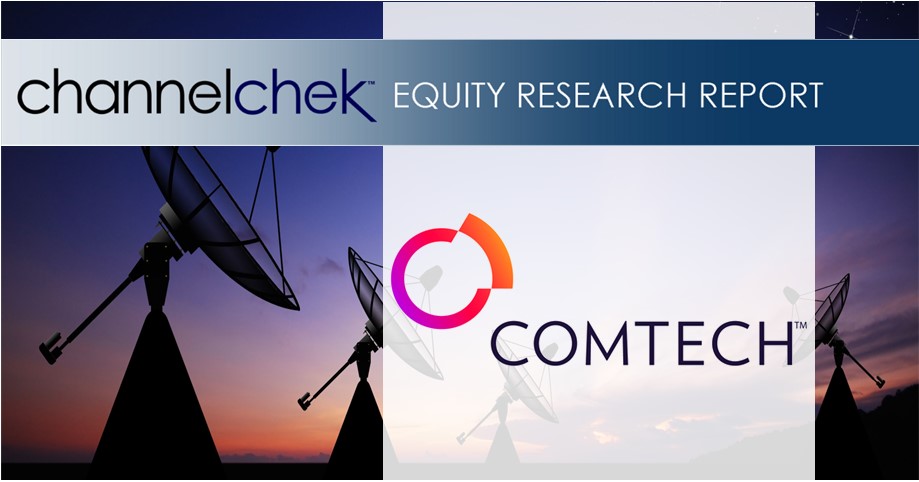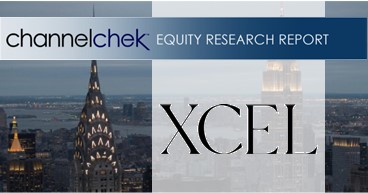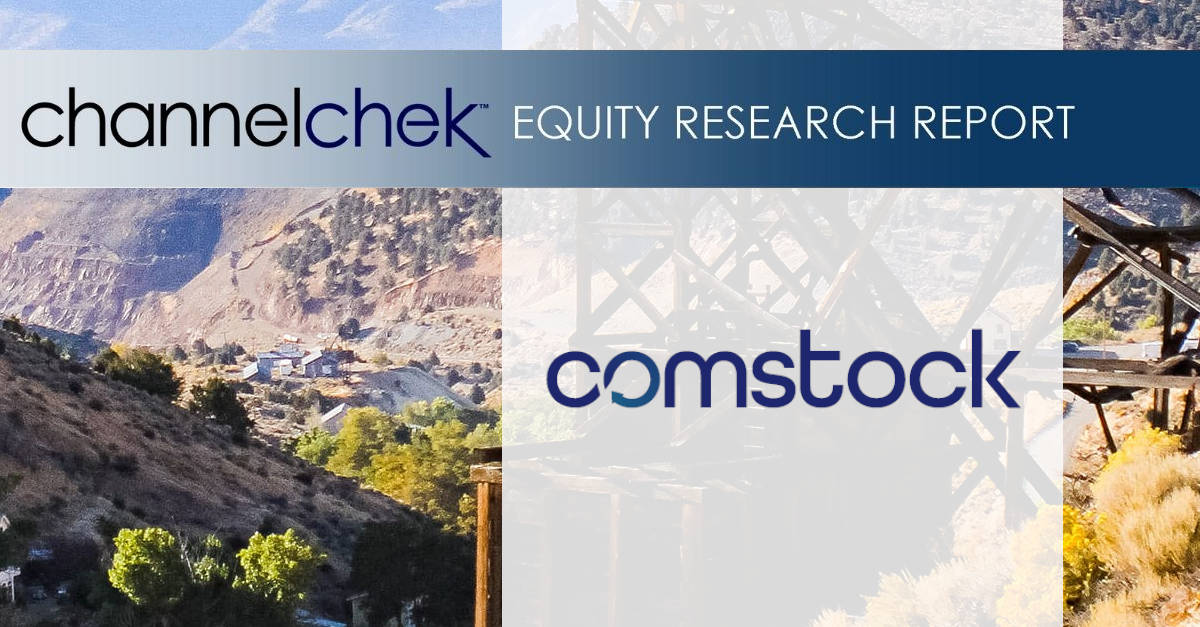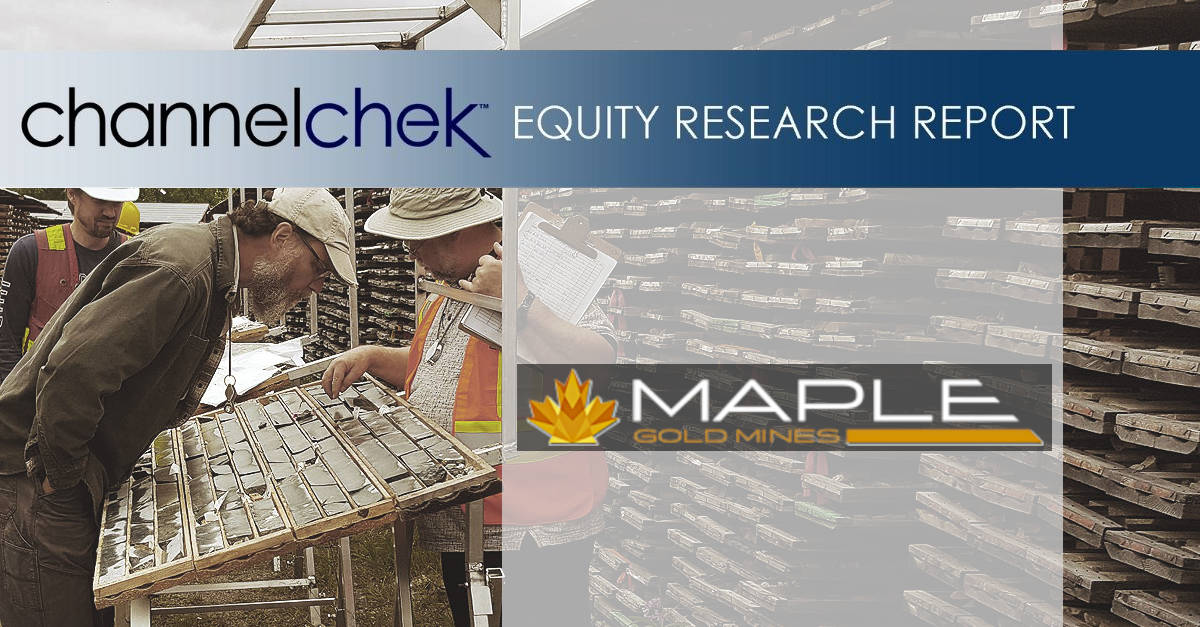| Key Points: – Amedisys and UnitedHealth extended the merger deadline to Dec. 31, 2025, or 10 days after a court ruling, amid DOJ and state regulatory challenges. – The agreement includes a breakup fee ranging from $275 million to $325 million if certain divestitures are not completed by May 1, 2025. – Amedisys shares rose by over 4% following the extension announcement, reflecting investor optimism. |
UnitedHealth Group (UNH) and Amedisys (AMED) have announced an extension of the deadline to finalize their $3.3 billion merger as regulatory hurdles persist. Initially set for completion this week, the merger now faces delays as the U.S. Department of Justice (DOJ) and state regulators challenge its potential market implications.
The DOJ and multiple state regulators have raised concerns over the merger, citing its potential to give UnitedHealth disproportionate control in the home health and hospice care market. This market is a critical component of the healthcare sector, providing essential services to aging populations and those requiring specialized care. Regulators argue that the deal could stifle competition, leading to higher costs and reduced innovation.
The case is currently under review in a Maryland federal court, where a judge will decide whether the merger can proceed. UnitedHealth and Amedisys have committed to addressing these concerns, emphasizing the potential benefits of the merger, including improved service delivery and expanded care options.
In a regulatory filing on Friday, Amedisys disclosed that both companies waived their right to terminate the merger agreement until Dec. 31, 2025, or the 10th business day following the court’s final ruling, whichever comes first. This extension reflects the companies’ confidence in resolving the legal challenges and underscores their commitment to completing the transaction.
To mitigate antitrust concerns, the companies have agreed to a regulatory breakup fee. If the deal falls apart, Amedisys could be entitled to $275 million, increasing to $325 million if the firms fail to divest specific assets by May 1, 2025. These provisions highlight the high stakes of the merger and the potential financial consequences of a failed agreement.
News of the extended deadline brought a positive response from investors, with Amedisys shares rising by over 4% in early trading on Friday. The surge reflects market optimism about the companies’ ability to navigate the legal landscape. Conversely, UnitedHealth shares saw minimal change, reflecting the market’s cautious outlook on the prolonged regulatory process.
The merger, announced in June 2023, represents a strategic move for both companies. Amedisys specializes in home health and hospice care, and its integration into UnitedHealth’s portfolio would significantly enhance the latter’s healthcare offerings. Despite the challenges, both firms remain steadfast in their commitment to completing the transaction and addressing regulatory concerns.
The federal court’s ruling will be pivotal in determining the merger’s future. If approved, the deal could reshape the home healthcare landscape, introducing new efficiencies and expanded services. However, failure to secure approval could force both companies to reevaluate their strategies.












